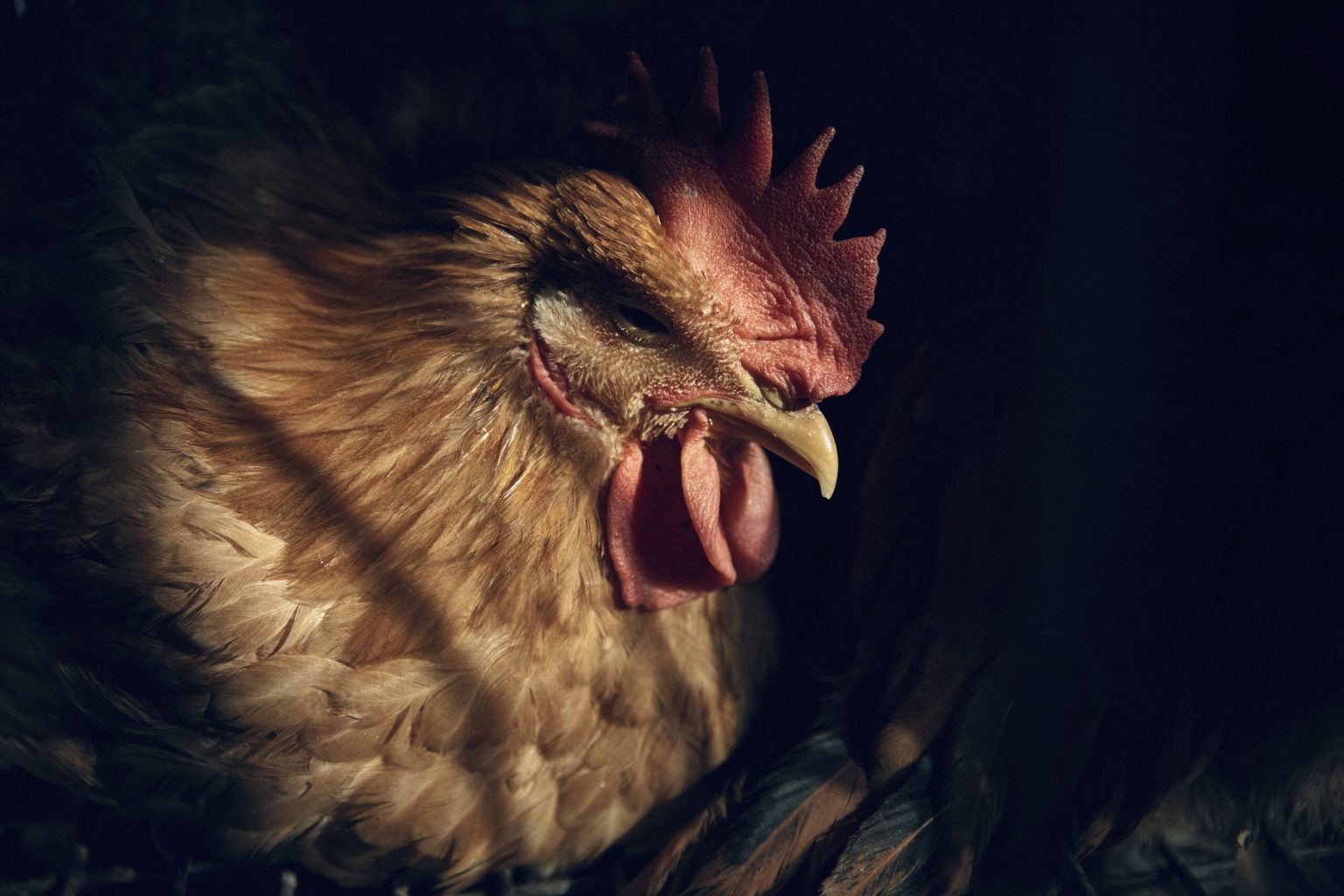The Looming Threat of Avian Flu: A Political Football or a Public Health Crisis?
The resurgence of highly pathogenic avian influenza (H5N1) in 2021 has triggered a global alarm, infecting poultry, livestock, and a concerningly wide range of mammals. The virus’s rapid spread, fueled by mutations that enhance its ability to infect various species, has raised fears of a potential human pandemic. While public health officials maintain that the risk to humans remains low, scientists caution against complacency, emphasizing the virus’s uncontrolled multiplication and its demonstrated capacity to adapt. The situation is further complicated by political maneuvering and funding cuts that threaten to undermine efforts to combat the virus.
The Trump administration, under the leadership of incoming Agriculture Secretary Brooke L. Rollins, has unveiled a five-step plan to address the avian flu threat. However, the plan’s focus on lowering egg prices, coupled with accusations against the previous administration, has drawn criticism for politicizing a crucial public health issue. Experts, while acknowledging the value of some aspects of the plan, express concerns about the rhetoric emanating from top officials, particularly regarding the potential for allowing the virus to spread unchecked among poultry flocks. Such an approach, they warn, could have disastrous consequences, accelerating the virus’s evolution and increasing the risk of a human pandemic.
The situation is exacerbated by controversial decisions, such as the firing of key personnel at the Department of Agriculture and the Centers for Disease Control, responsible for avian flu surveillance and research. While some staff were reportedly rehired, the disruption and uncertainty surrounding these actions have raised concerns about the administration’s commitment to effectively managing the crisis. Furthermore, proposed cuts to research on vaccine hesitancy, a crucial area for public health preparedness, have been met with dismay by scientists who emphasize the importance of combating misinformation and promoting vaccine acceptance.
The emergence of the H5N1 virus in 1996, with its high mortality rate in humans, highlighted the potential for a devastating pandemic. Subsequent outbreaks, characterized by genetic mutations and widespread transmission among wild birds, underscored the virus’s adaptability and resilience. The current outbreak, marked by the virus’s spread to a wider range of animal species, including domesticated cats, raises further alarm bells. The close proximity of cats to humans increases the risk of spillover events and potential human-to-human transmission.
Recent cases of H5N1 infection in humans, including the first fatality in the United States, underscore the virus’s evolving threat. Genetic analysis of these cases has revealed mutations that enhance the virus’s ability to bind to human respiratory receptors, indicating a potential shift towards greater human infectivity. While current control measures, such as culling infected flocks and limited animal movement restrictions, have been implemented, experts argue for more aggressive strategies, including vaccination programs and enhanced surveillance efforts. Vaccination, while facing challenges related to trade barriers and the potential for asymptomatic transmission, could significantly reduce viral spread and limit the need for mass culling.
A critical gap in current surveillance efforts is the lack of systematic monitoring of companion animals, particularly cats. Experts advocate for including pets in disease surveillance programs to gain a more comprehensive understanding of the virus’s spread and potential for human infection. The recent deaths of cats from avian flu in New York City underscore the need for readily available testing and early treatment options for infected animals. Furthermore, increased collaboration and coordination between various government agencies, including the USDA, FDA, and CDC, are crucial for mounting an effective response to the avian flu threat. Adequate staffing and funding for these agencies are essential for supporting research, surveillance, and public health interventions.
The looming threat of avian flu demands a proactive and coordinated approach that prioritizes public health over political considerations. The Trump administration’s focus on economic concerns, coupled with controversial staffing decisions and funding cuts, risks undermining efforts to contain the virus and prepare for a potential human pandemic. Experts warn that a delayed or inadequate response could have disastrous consequences, echoing the early missteps in addressing the COVID-19 pandemic. Learning from past mistakes and investing in robust surveillance, research, and public health interventions are crucial for preventing a potentially devastating avian flu pandemic.


